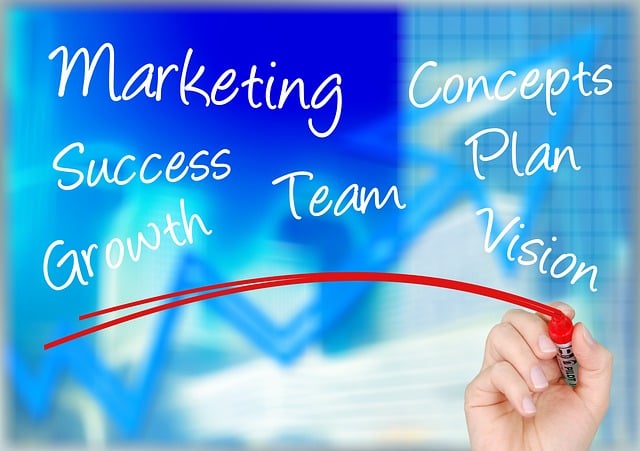AI-driven food photography optimization is reshaping the culinary arts industry by leveraging deep learning algorithms to enhance visual presentation of dishes, improve marketing strategies for restaurants and food brands, and streamline image libraries through automated adjustments. This technology requires specialized infrastructure like powerful GPUs and efficient data storage to support complex neural network computations and vast datasets. Advanced techniques such as GANs and style transfer algorithms generate high-quality visuals, increasing taste appeal and freeing photographers from technical constraints. Implementating deep learning in AI-driven food photography optimization revolutionizes product photography by improving quality, consistency, and brand aesthetic while allowing photographers to focus on creativity.
In today’s visual-centric digital landscape, AI-driven food photography optimization is transforming how we perceive and engage with culinary content. This article delves into the intricate world of deep learning infrastructure, exploring its pivotal role in enhancing food photography strategies for businesses. We’ll guide you through understanding the core concepts, building the necessary architecture, and implementing effective AI business strategies leveraging deep learning for optimized results in food photography.
- Understanding AI-Driven Food Photography Optimization
- Building the Infrastructure for Deep Learning in Photography
- Implementing and Enhancing AI Business Strategies with Deep Learning
Understanding AI-Driven Food Photography Optimization

In the realm of culinary arts, presentation is key, and this is where AI-driven food photography optimization steps in as a game changer. With deep learning algorithms, the process of capturing mouthwatering images that tantalize taste buds becomes more precise and efficient. These intelligent systems analyze various factors like lighting, composition, and color palettes to suggest optimal settings, ensuring each dish is showcased at its best. By understanding the intricate details of what makes an appealing food photograph, AI can enhance the overall visual experience for both chefs and customers alike.
This technology goes beyond mere aesthetics; it significantly impacts the marketing strategies of restaurants and food brands. Accurately representing menu items visually is crucial for attracting customers and conveying quality. With AI optimization, food photographers can quickly adjust their techniques to meet these standards, resulting in a consistent and professional image library that showcases culinary creations in the best light.
Building the Infrastructure for Deep Learning in Photography

As AI continues to transform industries, its impact on photography, particularly in the realm of food photography, is profound. To harness the potential of deep learning for this art form, robust infrastructure must be built. This involves equipping servers with powerful GPUs capable of handling complex neural network computations required for tasks like image enhancement, style transfer, and object recognition. The infrastructure should also incorporate efficient data storage solutions to manage vast datasets of culinary images, ensuring quick access and manipulation during the creative process.
In the context of AI-driven food photography optimization, this infrastructure enables advanced techniques such as generating high-quality visuals through generative adversarial networks (GANs) and enhancing taste appeal using style transfer algorithms. By streamlining these processes, photographers can focus more on creativity and less on technical constraints, ultimately revolutionizing how we perceive and engage with culinary imagery in the digital age.
Implementing and Enhancing AI Business Strategies with Deep Learning

Implementing and enhancing AI business strategies with deep learning is revolutionizing various industries, including food photography. By leveraging advanced algorithms and neural networks, businesses can optimize their content creation processes and elevate their visual marketing efforts. Deep learning models are particularly adept at analyzing and understanding complex data patterns in images, making them invaluable for tasks such as image recognition, object detection, and style transfer.
In the realm of AI-driven food photography optimization, these models can significantly enhance the quality and consistency of product visuals. They enable precise adjustments to lighting, color, and composition, ensuring that every photograph captures the essence of the dish accurately. Moreover, deep learning algorithms can automate repetitive tasks, allowing photographers to focus on creativity and storytelling while leaving the technical aspects to AI. This not only accelerates production but also ensures a uniform aesthetic across all visual content, which is crucial for building a cohesive brand image.
AI-driven food photography optimization is transforming the culinary imaging industry, allowing businesses to enhance their visual content and engage customers effectively. By building robust deep learning infrastructure and implementing strategic AI solutions, companies can streamline workflows, improve aesthetics, and deliver impactful experiences. As the field continues to evolve, embracing these advanced technologies will be key to staying competitive in the market and captivating audiences through stunning visuals.
